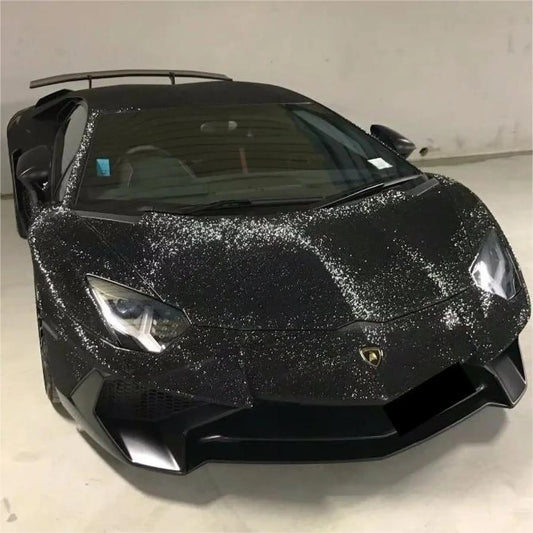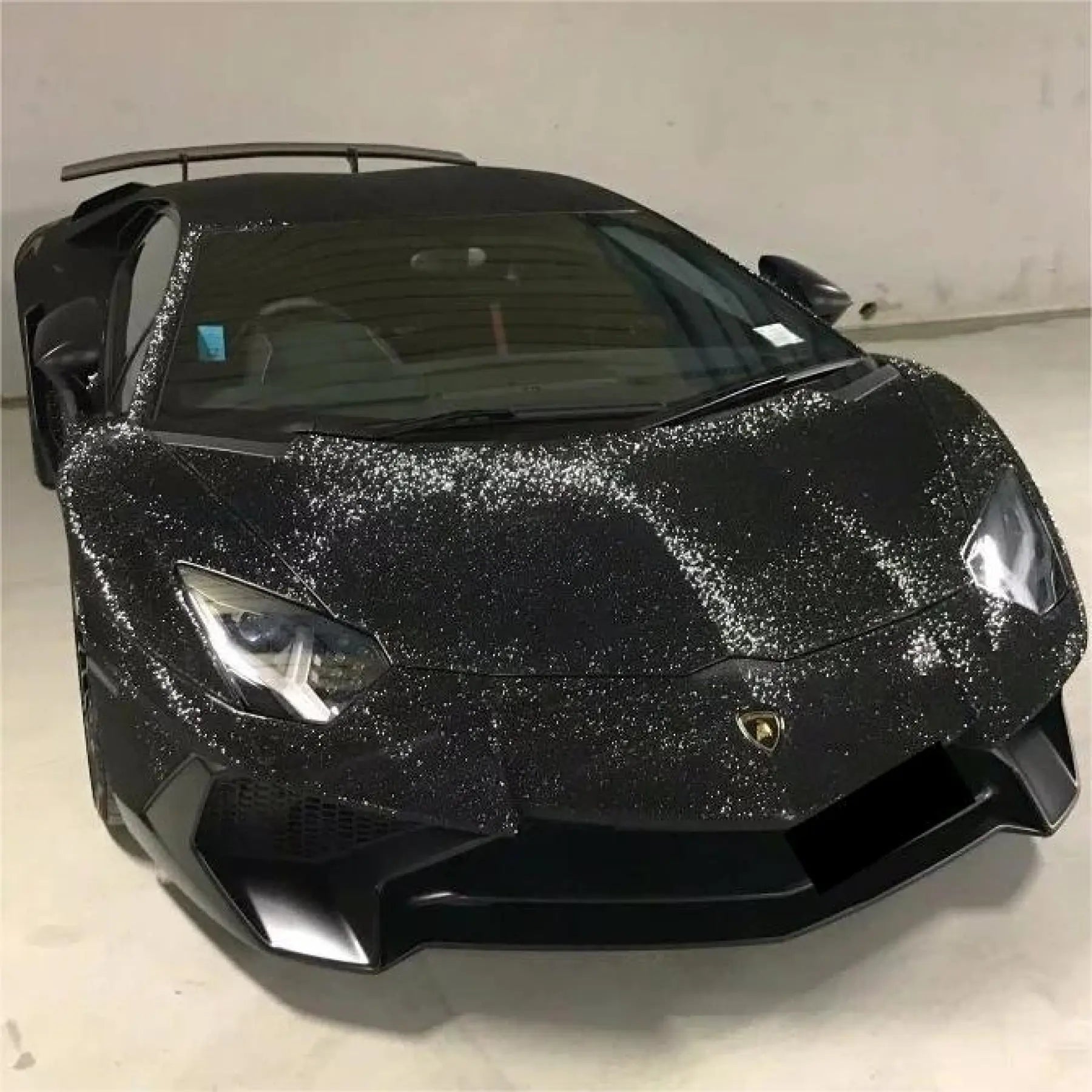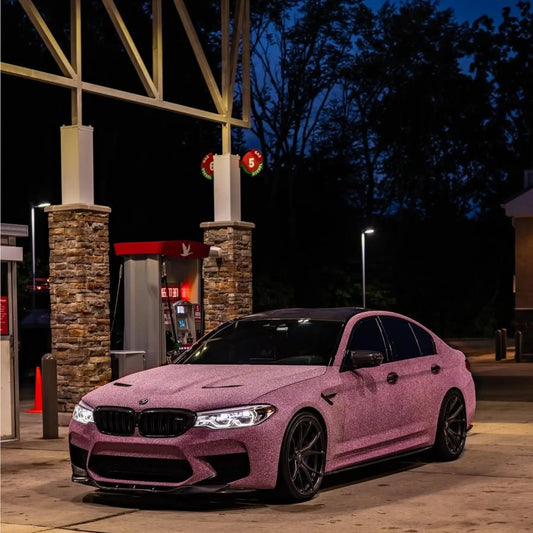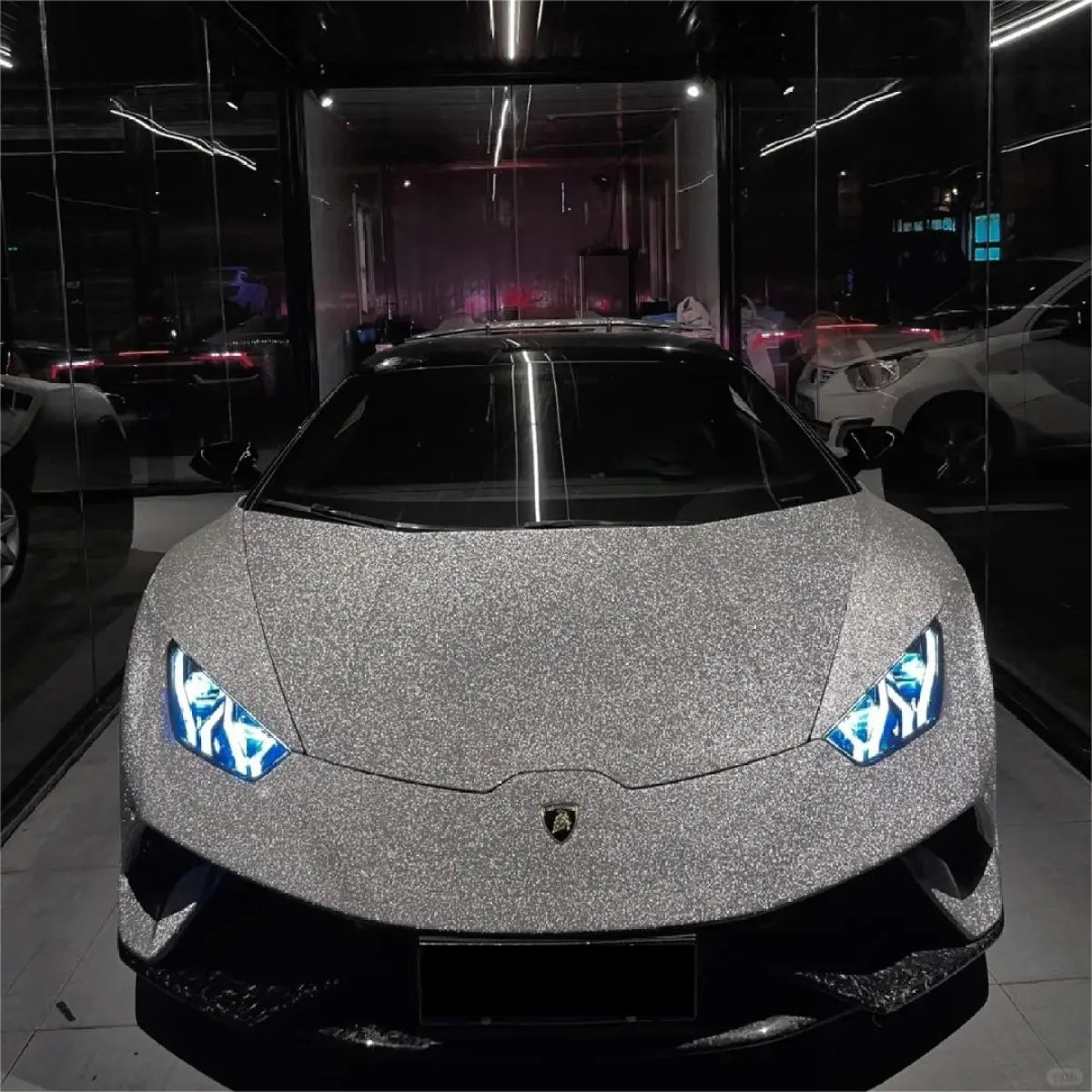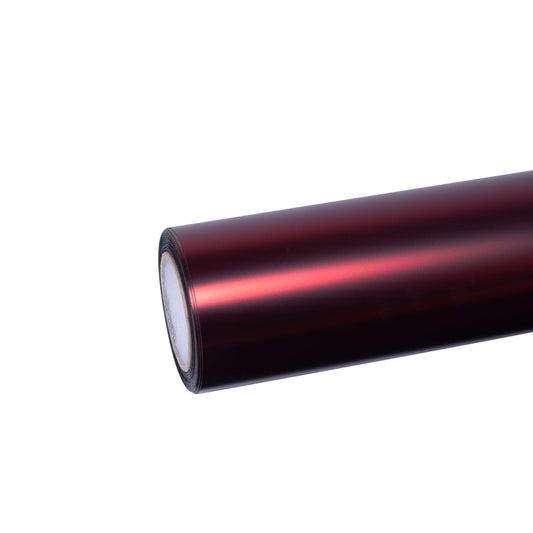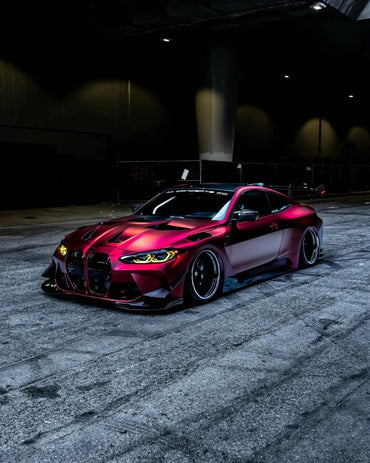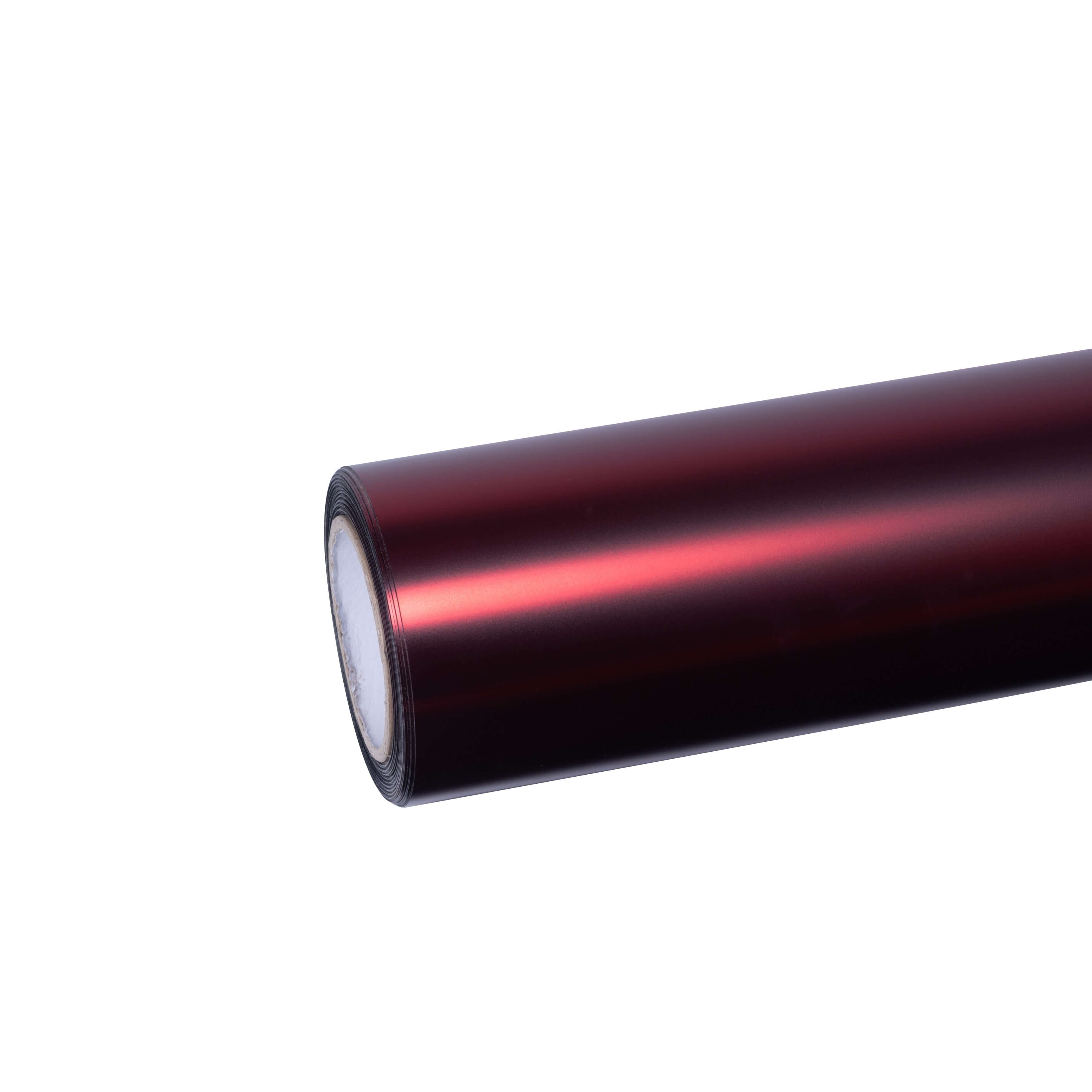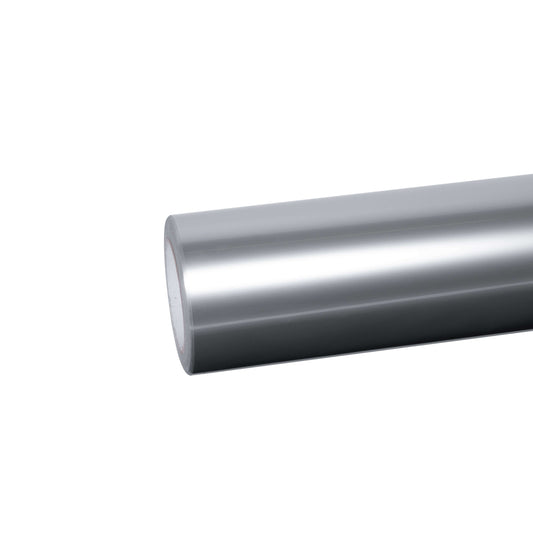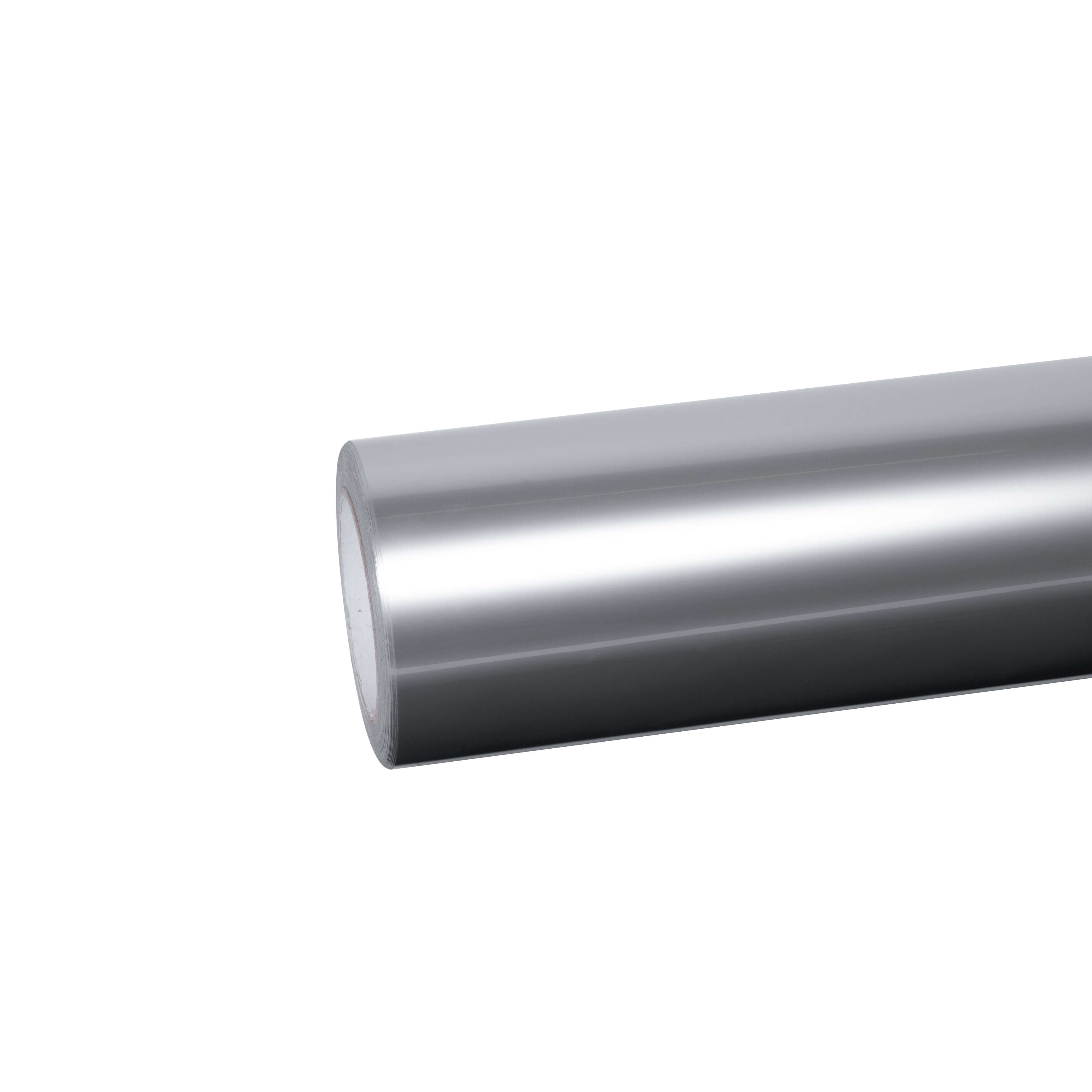Understanding Paint Protection Film: The Ultimate Defense Shield
Paint protection film, commonly known as PPF or clear bra, is a thermoplastic urethane film designed specifically to protect your vehicle's paint from environmental damage. Modern PPF has evolved significantly from its military origins and now offers impressive self-healing properties that make minor scratches disappear with heat exposure.
What Makes TPU Paint Protection Film Special?
The TPU (thermoplastic polyurethane) paint protection wrap from Sailifilm's TPU collection represents the gold standard in automotive paint protection. This advanced material typically measures between 6 to 10 mils in thickness, providing robust defense against rock chips, scratches, swirl marks, bug splatter, bird droppings, and harmful UV rays.
The self-healing properties of quality PPF mean that minor surface scratches vanish when exposed to heat from the sun or a heat gun. This innovative feature keeps your vehicle looking pristine without constant maintenance or polishing.
Colored Paint Protection Film: Protection Meets Style
Gone are the days when PPF only came in transparent form. The game-changing innovation of colored paint protection film combines the durability of traditional PPF with limitless aesthetic possibilities. Available in stunning shades like Gloss Crystal Sky Blue, Ferrari Red, Crystal Orange, Arctic Grey, and Piano Black, colored PPF allows you to change your vehicle's appearance while maintaining superior protection.
Now let me create a comprehensive, SEO-optimized blog post based on your Sailifilm products and current high-frequency search trends.
SEO Title:
Paint Protection Film vs Vinyl Wrap Guide | Sailifilm
Meta Description:
Discover which offers better coverage: paint protection film or vinyl wrap. Expert comparison of PPF vs vinyl durability, cost, and protection for your vehicle.
Paint Protection Film vs. Vinyl Wrap: Which Offers Better Coverage for Your Vehicle in 2025?
When it comes to protecting and customizing your vehicle, two popular options dominate the automotive aftermarket: paint protection film (PPF) and vinyl wrap. Both solutions offer unique benefits, but which one provides better coverage for your specific needs? This comprehensive guide will help you understand the key differences, advantages, and applications of each product to make an informed decision for your vehicle.
Understanding Paint Protection Film: The Ultimate Defense Shield
Paint protection film, commonly known as PPF or clear bra, is a thermoplastic urethane film designed specifically to protect your vehicle's paint from environmental damage. Modern PPF has evolved significantly from its military origins and now offers impressive self-healing properties that make minor scratches disappear with heat exposure.
What Makes TPU Paint Protection Film Special?
The TPU (thermoplastic polyurethane) paint protection wrap from Sailifilm's TPU collection represents the gold standard in automotive paint protection. This advanced material typically measures between 6 to 10 mils in thickness, providing robust defense against rock chips, scratches, swirl marks, bug splatter, bird droppings, and harmful UV rays.
The self-healing properties of quality PPF mean that minor surface scratches vanish when exposed to heat from the sun or a heat gun. This innovative feature keeps your vehicle looking pristine without constant maintenance or polishing.
Colored Paint Protection Film: Protection Meets Style
Gone are the days when PPF only came in transparent form. The game-changing innovation of colored paint protection film combines the durability of traditional PPF with limitless aesthetic possibilities. Available in stunning shades like Gloss Crystal Sky Blue, Ferrari Red, Crystal Orange, Arctic Grey, and Piano Black, colored PPF allows you to change your vehicle's appearance while maintaining superior protection.
This dual functionality makes colored PPF increasingly popular among car enthusiasts who refuse to compromise between protection and personalization. The colored PPF market is experiencing rapid growth, with industry experts noting that colored PPF offers significantly better durability than traditional vinyl wraps.
Vinyl Wrap: The Customization Champion
Vinyl wrap is a PVC-based film primarily designed for aesthetic transformation. Available in an extraordinary range of colors, finishes, and textures, vinyl wraps allow vehicle owners to completely change their car's appearance without permanent paint alterations.
Popular Vinyl Wrap Options for 2025
The car vinyl wrap market continues to expand with innovative finishes that capture attention on the road. Current trending styles include:
Matte Finishes: The ultra-matte wrap collection offers a sophisticated, non-reflective surface that exudes modern elegance. Matte finishes absorb light rather than reflect it, creating a sleek, understated aesthetic perfect for luxury and performance vehicles.
Metallic and Chrome Effects: Metallic vinyl wrap and liquid chrome wrap options deliver eye-catching shimmer and mirror-like finishes. These high-impact wraps are particularly popular for show cars and vehicles seeking maximum attention.
Color-Shifting Technology: The rainbow laser vinyl wrap collection features iridescent and chameleon effects that change colors depending on viewing angle and lighting. This mesmerizing color-shifting technology represents one of the hottest automotive customization trends for 2025.
Dual-Color Designs: Dual-color dream vinyl wrap options create striking contrasts and gradient effects, allowing for truly unique vehicle transformations.
Specialty Finishes: Options like 3D carbon fiber wrap, crystal vinyl wrap, and glitter sparkle car wrap provide texture and dimension that set vehicles apart from standard paint jobs.
Paint Protection Film vs. Vinyl Wrap: The Coverage Comparison
Durability and Longevity
Paint Protection Film clearly wins in the durability category. Quality PPF typically lasts 5 to 10 years with proper maintenance, and some premium films come with manufacturer warranties extending up to a decade. The thicker construction (6-10 mils) and urethane composition make PPF highly resistant to environmental damage, impacts, and wear.
Vinyl Wrap generally lasts 3 to 5 years, though this varies significantly based on climate, driving conditions, and maintenance. The thinner construction (2-4 mils) and PVC composition make vinyl more susceptible to fading, tearing, and environmental degradation over time.
Protection Capabilities
Paint Protection Film is engineered specifically for defense. It provides:
- Superior protection against rock chips and road debris
- Resistance to chemical staining from bird droppings, bug splatter, and tree sap
- UV protection preventing paint oxidation and fading
- Self-healing properties for minor scratches
- Excellent defense against swirl marks from washing
Vinyl Wrap offers limited protection capabilities:
- Minor scratch and scuff resistance
- Some UV protection preventing direct sun exposure
- Cosmetic barrier against light environmental contaminants
- No self-healing properties
- Vulnerable to deep scratches and impacts
Material Composition and Thickness
Paint Protection Film uses thermoplastic polyurethane (TPU), an advanced material originally developed for military applications. Its superior elasticity, clarity, and impact resistance make it ideal for high-stress applications.
Vinyl Wrap uses polyvinyl chloride (PVC), a versatile plastic that excels in printability and color variety but lacks the protective strength of polyurethane.
Cost Considerations
Paint Protection Film represents a higher initial investment, with full-vehicle installations ranging from $2,000 to $7,000 or more depending on vehicle size and film quality. However, the long-term value proposition is strong considering:
- Extended lifespan (5-10 years vs. 3-5 years)
- Paint preservation maintaining resale value
- Reduced need for paint correction and detailing
- Warranty coverage from reputable manufacturers
Vinyl Wrap is generally more affordable upfront, costing approximately 50% less than PPF for comparable coverage. However, more frequent replacement needs and lack of protective benefits may result in higher long-term costs.
Installation Complexity
Both PPF and vinyl wrap require professional installation for optimal results, though the processes differ significantly.
Paint Protection Film installation is more time-consuming and technical, requiring:
- Precise cutting and fitting to vehicle contours
- Careful stretching to avoid distortion
- Expert technique to achieve invisible edges
- Specialized tools and training
Vinyl Wrap installation is somewhat more forgiving:
- More flexible and conformable material
- Easier to reposition during application
- Less risk of damage during installation
- Still requires professional expertise for bubble-free finish
Which Offers Better Coverage? Making the Right Choice
The answer to "which offers better coverage" depends entirely on your priorities and intended use.
Choose Paint Protection Film (PPF) If:
- Protection is your primary goal: If you want to preserve your vehicle's paint in pristine condition, especially on high-impact areas like the hood, front bumper, fenders, and side mirrors, PPF provides unmatched defense.
- You drive frequently on highways or rough roads: Vehicles exposed to significant road debris, gravel, and harsh conditions benefit enormously from PPF's superior impact resistance.
- You own a luxury, classic, or high-performance vehicle: Protecting the original paint maintains resale value and preserves the manufacturer's finish.
- Long-term value matters: Despite higher upfront costs, PPF's 5-10 year lifespan and maintenance-free nature offer better value over time.
- You want protection without changing appearance: Clear PPF maintains your vehicle's original color and finish while providing invisible protection.
- You desire colored protection: Colored paint protection film offers the best of both worlds – complete protection with aesthetic transformation.
Choose Vinyl Wrap If:
- Customization is your primary goal: If you want to dramatically change your vehicle's appearance with unique colors, patterns, or finishes, vinyl wrap offers unlimited creative possibilities.
- You prefer temporary modifications: Vinyl wraps can be removed without damaging the underlying paint, making them ideal for seasonal changes or temporary branding.
- Budget constraints exist: Vinyl wraps provide an affordable entry point into vehicle customization compared to PPF or paint jobs.
- You want variety and change: The ability to swap out designs every few years appeals to those who enjoy frequently updating their vehicle's look.
- Your vehicle sees light use: City driving with minimal highway exposure requires less protective capability.
- You need commercial branding: Businesses use vinyl wraps for fleet graphics and mobile advertising, taking advantage of the material's printability.
The Hybrid Approach: Combining PPF and Vinyl Wrap
Many vehicle owners are discovering the benefits of a hybrid installation strategy, combining the strengths of both products:
- Apply PPF to high-impact zones: Protect vulnerable areas like the front bumper, hood, fenders, side mirrors, door edges, and rocker panels with clear or colored PPF.
- Use vinyl wrap for aesthetic areas: Apply decorative vinyl to the roof, trunk, or accent panels for visual customization.
This approach maximizes protection where it matters most while keeping costs reasonable and allowing for creative expression.
Application Areas: Full Coverage vs. Partial Coverage
Full Vehicle Coverage
Full PPF coverage provides comprehensive protection for the entire vehicle surface. While expensive, this approach is increasingly popular among:
- Exotic and luxury car owners
- Collectors preserving investment vehicles
- Enthusiasts in harsh climates
- Drivers seeking maximum paint preservation
Full vinyl wrap transforms the entire vehicle's appearance, creating a cohesive, custom look. This is common for:
- Show cars and modified vehicles
- Commercial vehicles and fleet branding
- Enthusiasts seeking dramatic makeovers
Partial Coverage (Strategic Protection)
Partial PPF installation focuses on high-impact areas to balance protection and cost:
- Front bumper, hood, and fenders (most common package)
- Side mirrors and door handles
- Rocker panels and door edges
- Rear bumper and trunk edges
Partial vinyl wrap creates accent details:
- Racing stripes and graphics
- Roof and hood customization
- Mirror and trim color changes
- Decorative door panels
Maintenance and Care
PPF Maintenance
Paint protection film requires minimal maintenance:
- Regular washing with pH-neutral soap
- Avoid automatic car washes with stiff brushes
- No waxing necessary (though safe to apply)
- Self-healing properties activate with heat
- Professional polish every few years optional
Vinyl Wrap Maintenance
Vinyl wraps need more careful attention:
- Hand washing recommended (avoid pressure washers)
- Special vinyl-safe cleaning products preferred
- Regular inspection for lifting edges
- Avoid petroleum-based cleaners
- Protection from extended sun exposure helps longevity
- Garage storage extends lifespan
Getting Started with Sailifilm Products
Whether you choose paint protection film or vinyl wrap, Sailifilm offers premium options to suit every need and budget.
Explore Your Options
Browse through Sailifilm's extensive collections:
- Best Sellers: Popular choices proven in real-world conditions
- Sample Kits: Test materials and colors before committing to full installation
- Wrapping Tools: Professional-grade equipment for proper installation
Try Before You Buy
Not sure which product is right for you? Order a sample kit to experience the quality, thickness, and finish options firsthand. This small investment helps ensure you select the perfect material for your vehicle.
Conclusion: Coverage Quality Depends on Your Goals
When evaluating paint protection film vs. vinyl wrap for coverage, remember that "better" depends on whether you prioritize protection or customization.
Paint protection film objectively offers superior protective coverage – it's thicker, more durable, self-healing, and specifically engineered to defend against environmental and physical damage. For pure protection capability, PPF wins decisively.
Vinyl wrap offers better aesthetic coverage – unlimited color options, finishes, textures, and design possibilities that PPF cannot match. For maximum creative expression, vinyl wrap leads the way.
The emerging trend of colored paint protection film represents an exciting middle ground, delivering exceptional protection without sacrificing personalization. As this technology continues advancing, the line between PPF and vinyl wrap continues to blur, offering car owners increasingly sophisticated options.
Ultimately, the best choice for your vehicle depends on your driving conditions, budget, aesthetic preferences, and long-term plans. Consider consulting with a professional installer who can assess your specific vehicle and recommend the optimal solution – whether that's full PPF coverage, partial PPF with vinyl accents, or a complete vinyl transformation.


